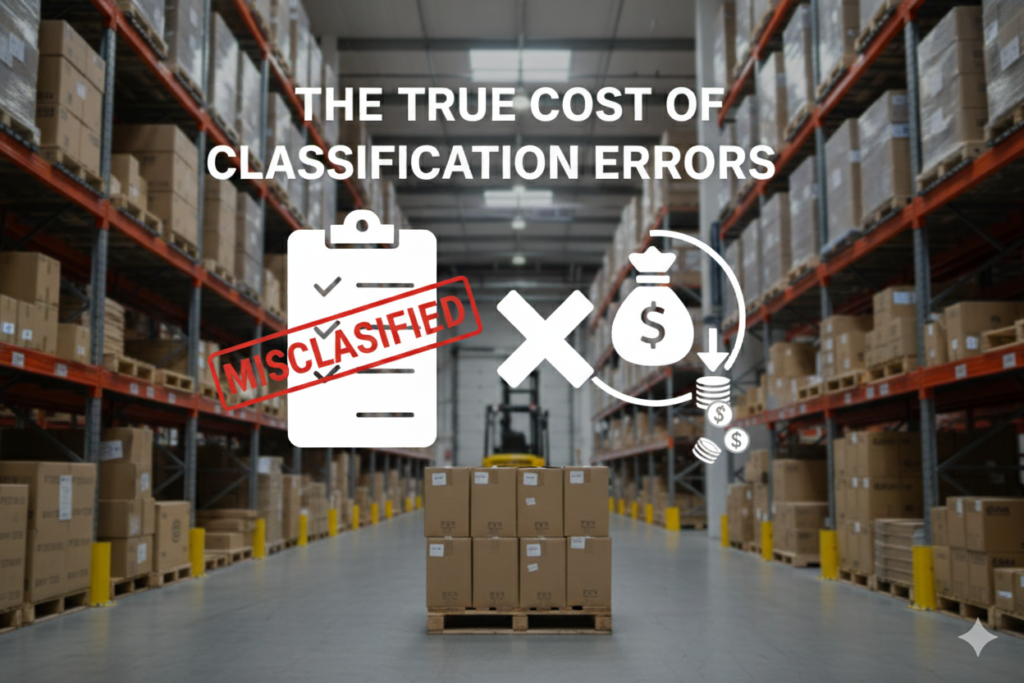CBAM: What you need to know for 2026
Topics

The EU’s Carbon Border Adjustment Mechanism (CBAM) is entering a decisive stage. From 1st January 2026, importers of certain carbon-intensive goods will move from reporting emissions data to paying for the embedded carbon in their imports. This shift marks the end of the transitional phase (2023–2025) and the start of the definitive regime, aligning with the EU’s broader decarbonisation agenda.
Here, we look at more of the detail and how to prepare before it comes in.
What changes are coming to CBAM in 2026?
We’re now moving from reporting to paying. During the transitional phase, importers were only required to report quarterly on the embedded emissions of imported goods. Starting in 2026, they must purchase and surrender CBAM certificates equivalent to those emissions. The price of these certificates will track the EU Emissions Trading System (ETS), making imported goods financially accountable for their carbon footprint, just like domestic production.
The scope currently includes iron and steel, aluminium, cement, fertilisers, electricity, and hydrogen. Goods under Inward Processing or reclassified into new tariff codes may trigger additional complexity.
Reporting simplified, compliance complex
Recent updates include a reduction in the emissions reporting requirement from 80% to 50%, easing some of the administrative pressure. However, accurate and verifiable emissions data remains essential, particularly for businesses that must report via multiple EU entities (eg Ireland and Spain).
What do importers need to know about CBAM?
To prepare for 2026 CBAM changes, EU importers should focus on the following:
-Apply for authorised CBAM declarant status through their national authority
-Establish reliable processes to collect emissions data from non-EU suppliers
–Review and verify HS code classifications for all CBAM-covered goods
-Anticipate and budget for CBAM certificate costs, tied to carbon pricing
What about the UK?
The UK will introduce its own CBAM on 1st January 2027. It will follow similar principles, ensuring that imported carbon-intensive goods are priced comparably to UK-made products under the UK ETS.
What’s clear from the latest updates is that CBAM is more than just another compliance hurdle, it’s a structural change in how carbon costs are applied to imports. Customs and trade teams can stay ahead by ensuring their classification codes are accurate and they have a robust classification process in place. Keeping informed on the nuances of emissions data and improving cross-border coordination between suppliers and team will also go a long way to easing the transition to this next phase. As reporting becomes a financial obligation, preparation now is key.
If you need to assess the way you manage classification as part of this latest regulation change, get in touch with our team for more information on our TariffTel platform
Other Useful Resources
TariffTel named FDEA Export Awards finalist
We're thrilled to share that TariffTel has been shortlisted as Export Service Provider of the Year at the FDEA Export Aw...
Developing our team through learning
We had the privilege of attending one of the most important days in our annual calendar this October, the 2025 Chartered...
When misclassification costs
A £4.7 million liability for aluminium foil in the UK. Eight-figure fines and federal prison sentences for tariff fraud...



